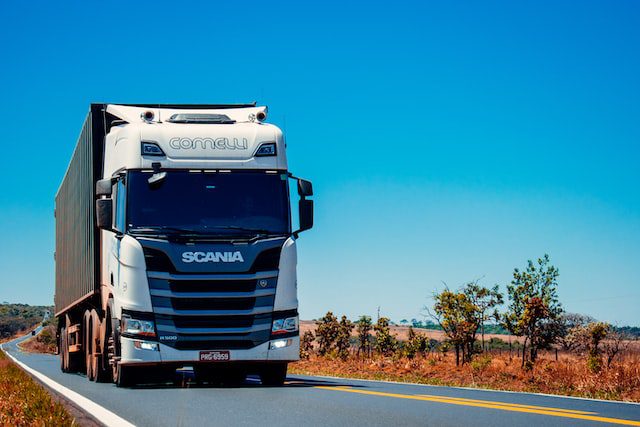As 2022 comes to an end, transportation and logistics companies are looking ahead and planning their business strategies according to how the industry is moving. With the chaos of the last few years, many are still working their way back to normality and trying to find those alternatives that allow them to be resilient and stay ahead.
Top logistics industry trends for 2023
- Technology Implementation
One of the most significant factors to consider is technology. It has made its way into the industry allowing companies to reach higher efficiency levels, and it will continue to enable companies to excel. Late adopters will search for ways to implement technology since it’s the only way to maintain a competitive advantage in the current market.
There are now more robust Transportation Management Systems, platforms to search for carriers, software to track your shipments through text messages, better routing systems, more specific weather forecasts, apps that provide real-time road conditions, self-driving trucks, and event last-mile drone deliveries.
Technology is here to stay, and companies must jump on the tech bandwagon to be competitive and attractive to new customers.
- Cloud-based Systems
It’s now more normal than ever to see larger companies migrate from on-site servers to cloud-based systems. Cloud computing has become an over 150-billion-dollar market, and 60% of corporate data is stored in the cloud. But it’s not just about migrating to the cloud. It’s about all the new technologies you’ll be able to implement, like Artificial Intelligence and Machine Learning.
These new implementations will ensure companies are more efficient and, additionally, will provide the visibility customers in the transportation industry are looking for.
- A supply chain network
As we all know, for the transportation process to be successful, many moving parts must be aligned. By having many companies implement new technologies and migrate to the cloud, a supply chain network is created, ensuring better business connectivity. This connectivity allows faster data transfer, leading to more efficient processes and significant benefits for the end user.
- Capacity issues decrease
After some crazy years, we’re finally starting to see things going back to normal. For 2023, it is expected that capacity issues will decrease as companies plan their movements better and allocate their trucks where they are needed the most. This stabilization will help the delays that the pandemic left and allow companies to get back on track.
- Drone deliveries
Even though this is not a new concept, drone deliveries are becoming part of major companies’ strategies for last-mile deliveries. These autonomous aircraft are guided by GPS systems that sometimes ensure delivery in a couple of hours. With clients wanting their shipments faster and faster, being able to now deliver with drones will ensure they are delighted with the service.
In general terms, the logistics industry continues to settle down from the hectic past few years. With many technology implementations, most companies can catch up and avoid adversities with more resilient strategies considering different scenarios.
